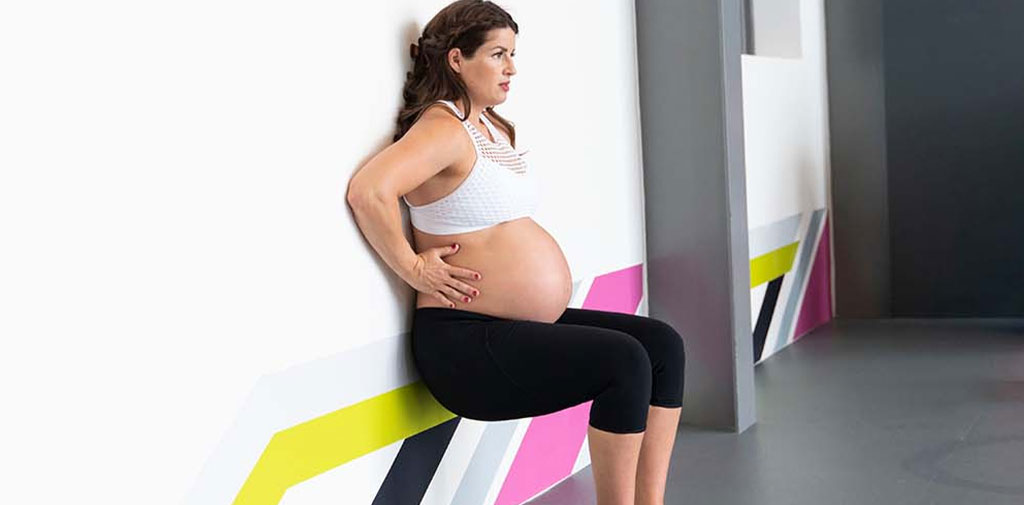Eating healthy is the first step to a healthy pregnancy. When it comes to your diet, you might already be aware of certain foods that you need to eat and the foods that you must avoid during pregnancy. However, what you might not know is that your body needs different kinds of nutrients at different stages of your pregnancy. In this article, we will give you a broad overview of how your pregnancy diet chart should look like.

Balance it Out!
During pregnancy, your baby relies on you for their nutritional requirements. Hence, it is important to eat a diet that offers complete nourishment for the healthy growth and development of the foetus. A nutritional diet that offers a range of vitamins and minerals like calcium, iron, folic acid, vitamin C, K, D, B12, etc. not only helps you maintain your health but also sets the foundation for your baby’s lifelong health and wellbeing.
A healthy pregnancy diet includes foods from different food groups to ensure the intake of all vital nutrients. Here’s what your balanced plate looks like:
Fruits and Vegetables
A must in your pregnancy diet, atleast 4-5 portions of fruits and vegetables regularly are recommended to fulfill your daily dose of vitamins and minerals. Include green leafy vegetables, carrots, beet, apples, oranges, berries, etc. in your diet. Make sure you have them fresh. Fresh fruit juice or a smoothie is also a great way to have them during pregnancy.
Whole Grains
Whole grains like oats, ragi, corn, etc., can be added to your diet to help you get your dose of fibre, calcium, iron, and B vitamins. It also helps you stay energetic.

Milk and Dairy Foods
Calcium is an important nutrient as it helps the bone development of your baby and also helps maintain your bone strength. Have a glass or two of milk regularly. Apart from that, pasteurised cheese and yoghurt are great sources of calcium and protein. Make sure you stay away from unpasteurised milk and milk products.

Non-Dairy Food Sources
Meat, fish, eggs, beans, and other non-dairy sources of proteins are a must in your pregnancy diet. Not only does it help your baby’s development but also helps your metabolism and lets you stay healthy.
While it is important that you eat for the both of you, make sure you do not over-indulge. The recommended calorie intake for the first and second trimester is the same as pre-pregnancy, while the needs might increase from the third trimester. Experts suggests that you should increase your calorie intake by 200 calories in the last 3 months of your pregnancy. Furthermore, stay away from junk and sugary foods like chips, cakes, biscuits, and try and have whole foods.
If you are on a restricted diet or are worried about allergies, you may want to consult your doctor and they can help you with a diet plan for a healthy pregnancy.









































